
There's a booming (and lucrative) trade in poaching parrots in the wilds of Mexico, with many of those birds destined for the illegal exotic animal trade in the United States, where a single bird can sell for upwards of $3,000 depending on its rarity and how colorful it is.
So it should come as no surprise that U.S. authorities frequently catch parrot smugglers along the border. That's just what happened in Hidalgo, Texas, on Monday, July 7, 2025. US Customs & Border Protection (CBP) Agents discovered 20 parrots in a bag inside a car driven by an American woman arriving at the International Bridge from Reynosa, Mexico.
The woman was arrested and turned over to Homeland Security Investigators and US Fish & Wildlife Agents. The boosted birds were turned over to the care of wildlife biologists at Brownsville's Gladys Porter Zoo (the first stop for most exotic animals seized in South Texas).
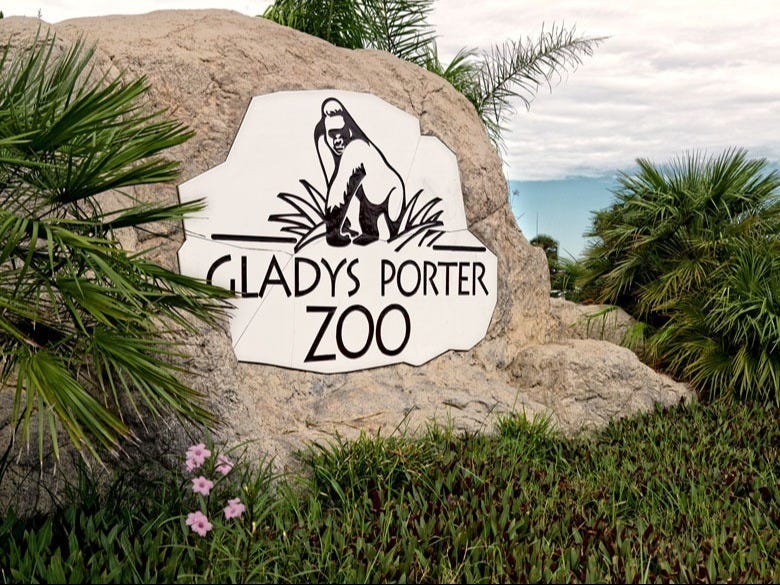
If you can imagine a method to smuggle purloined parrots across the border, CBP Officers have probably already seen it. In 2023 (again in Hidalgo), CBP Agents found five yellow-headed baby parrots under the front seat of a car entering Texas from Mexico and, when they noticed movement inside a pillowcase in that car, found five more parrot chicks!
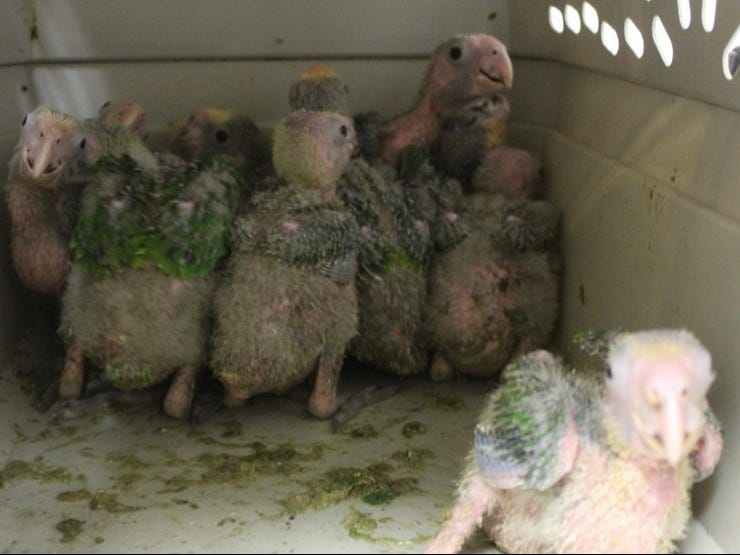
CBP Officers at the Otay Mesa, California border crossing have seen their share of strange smuggling schemes. In April 2025, a Mexican man's bulging boots caught the attention of a federal agent.
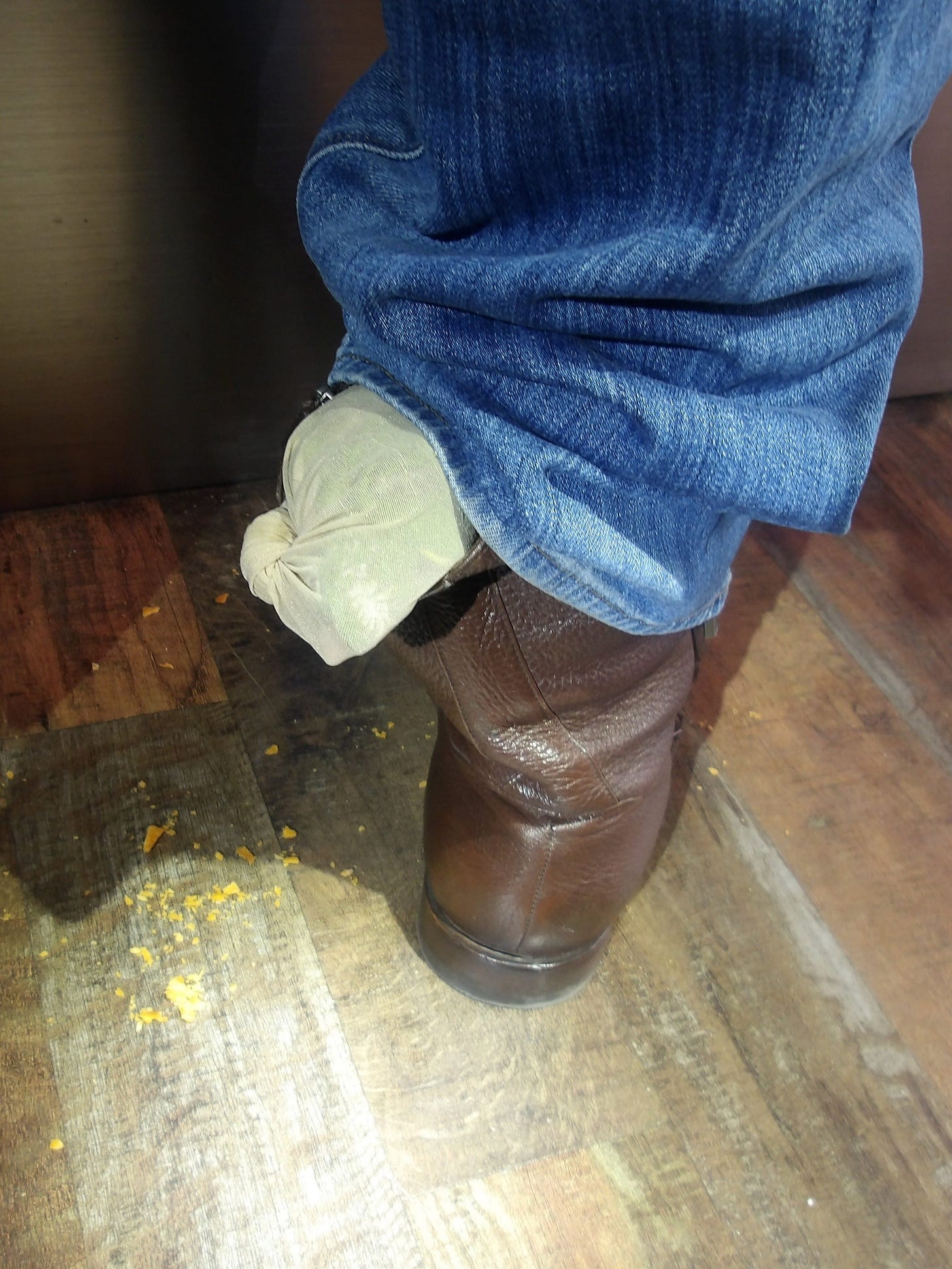
The officer, predictably, had the traveler step into a private area to perform a closer inspection, which revealed he was smuggling a pantload of parrots wrapped in cloth to keep them from moving around!
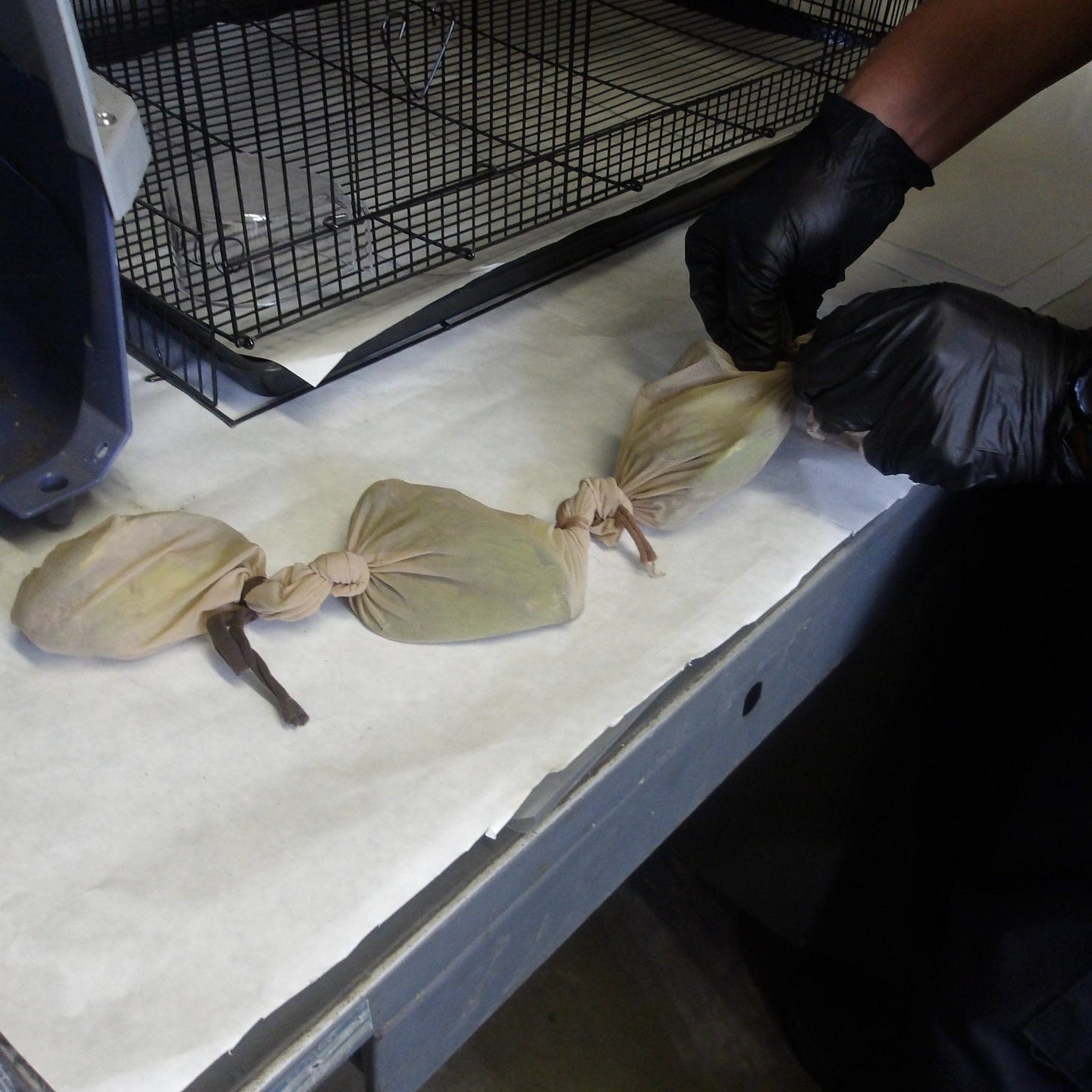
Officers had to work quickly to free the fowl before they suffered harm. Once they emptied the smuggler's pants and cut all the parrots loose, they were astounded to find he had six parrots stuffed down his pants and another six hidden under a car seat.
These bird-smuggling schemes are big business, and there are indications some of the cartels are angling to share in the profits. The conservation group BirdLife International estimates that up to 9,400 Mexican wild-caught parrots are smuggled into the US each year. A map of parrot smuggling routes from Mexico into the US by Defenders of Wildlife (see below) shows multiple International Crossings in Texas to be hotspots:
Mexico has banned the commercial export of these birds since 1982; however, given the profits to be made, this ban has done little to slow the illicit wildlife trade. The chart below shows the number of parrots that Defenders of Wildlife estimates are caught each year in 13 Mexican states. They believe almost 80,000 wild birds are captured in Mexico each year:
The poachers don't just prey on wild parrots. The Keel-billed toucan pictured below was smuggled across the Mexican border into California from Tecate, Mexico (along with a load of 21 parrots) in March 2024. Anything for a buck.
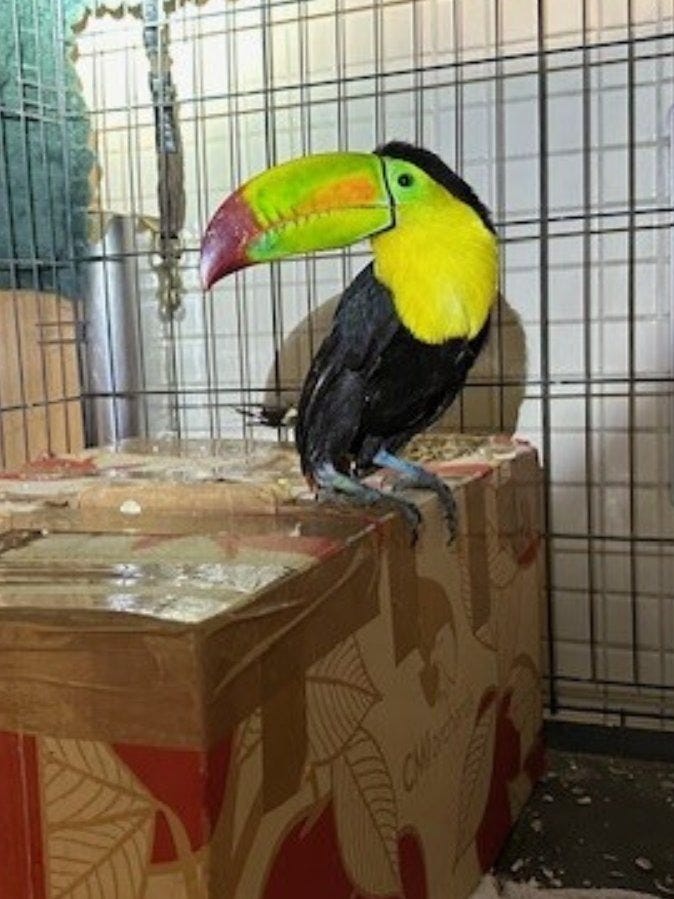
Are you surprised how big the parrot smuggling "business" is along the US Border with Mexico?
Share your opinion in the comments on this article!
Abrazos,
Jack Beavers








Jack, I never knew what a racket exotic bird smuggling is, until now after reading your post. As an animal lover, it breaks my heart to see these birds being treated badly. I thank you so much for educating me on this abomination.
Wow! This is the first I’ve heard of parrot smuggling.
I guess if there’s money to made, nothing is sacred!
Thank you again for your border report! I love it!